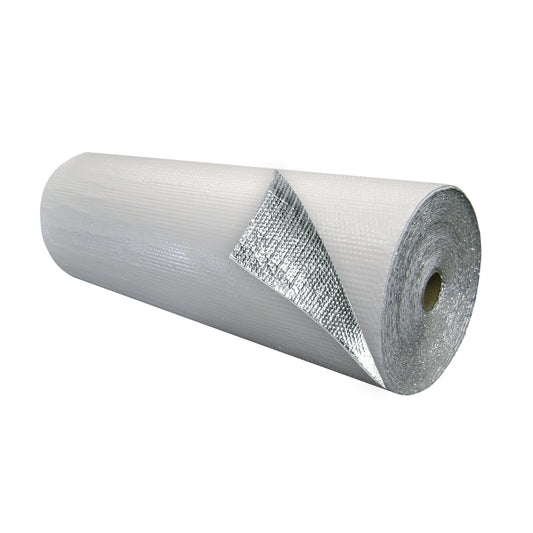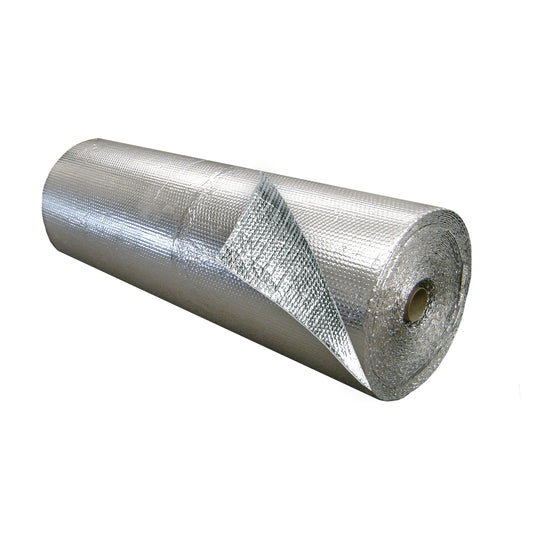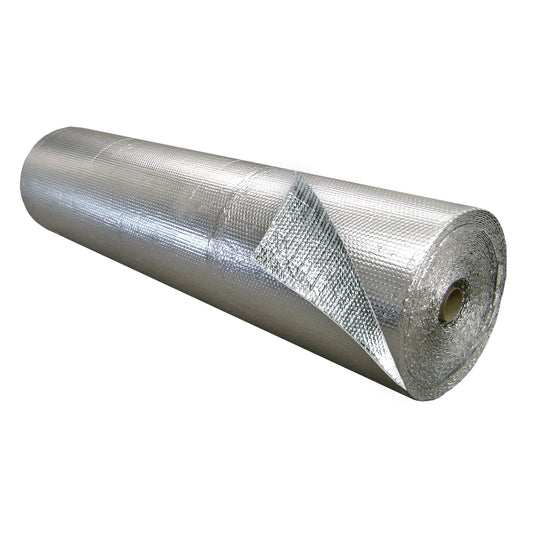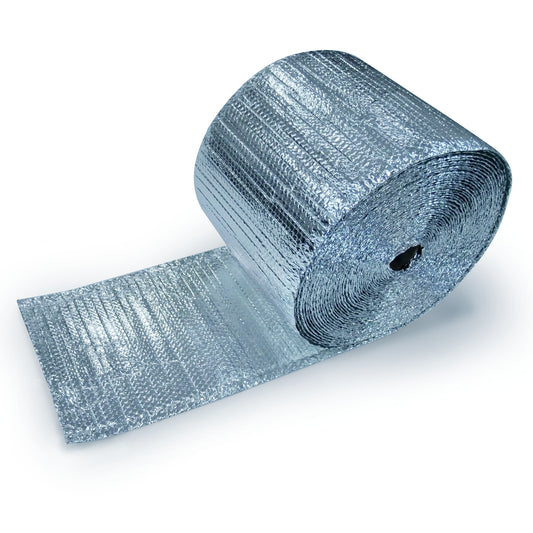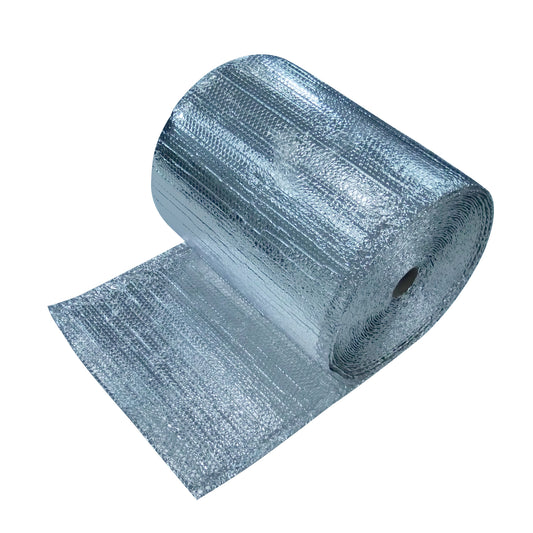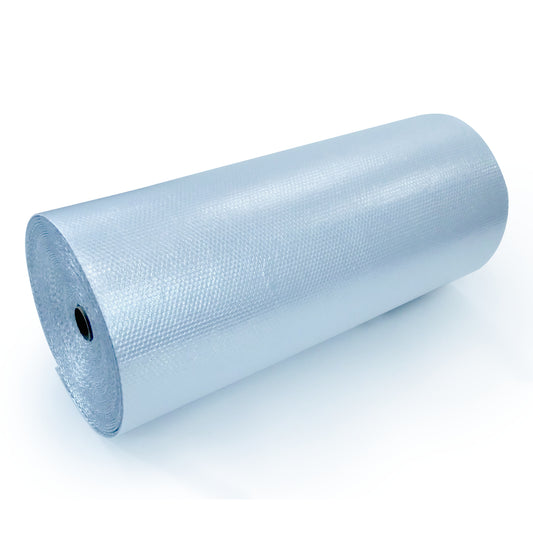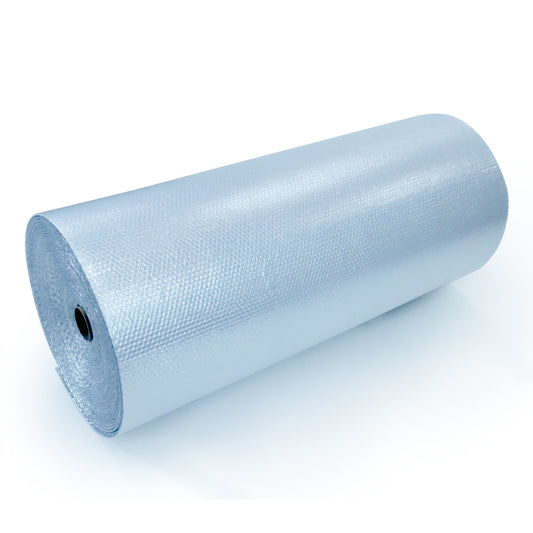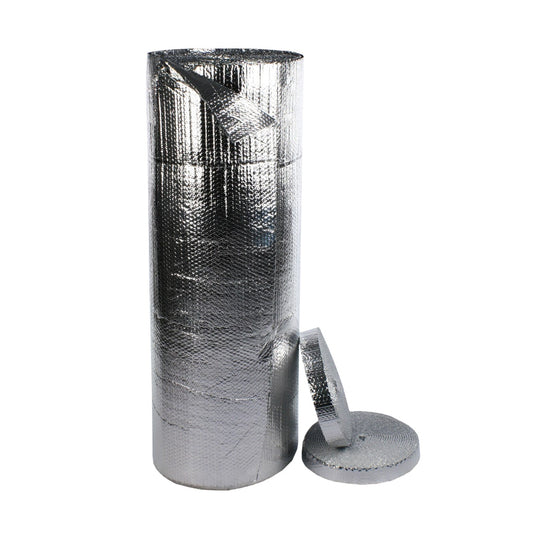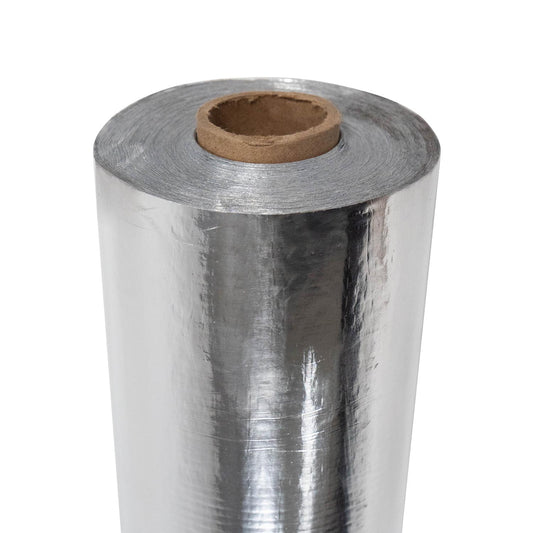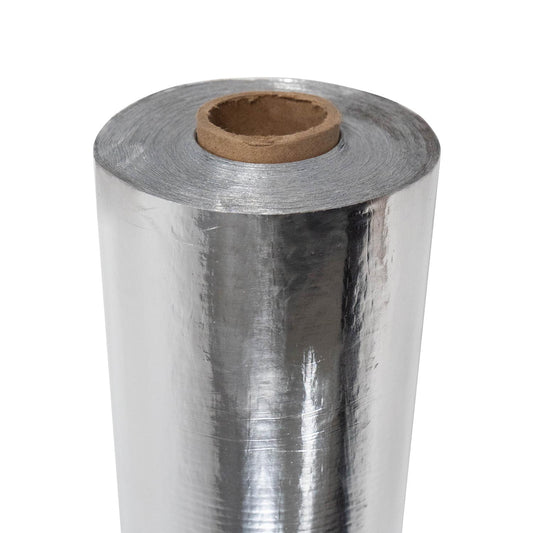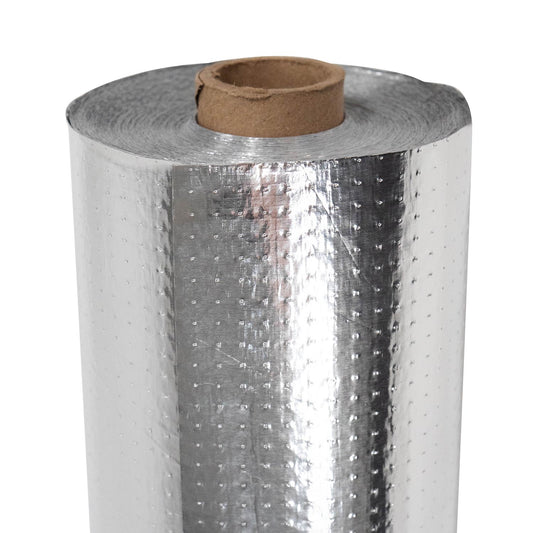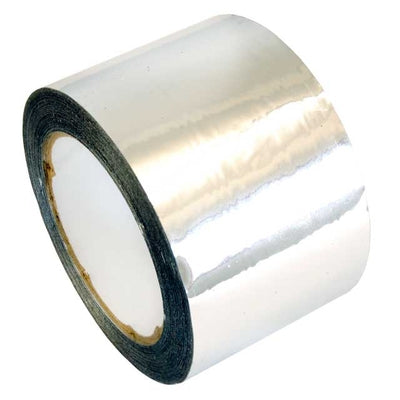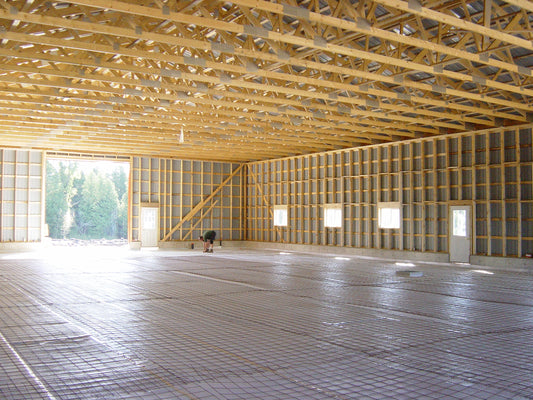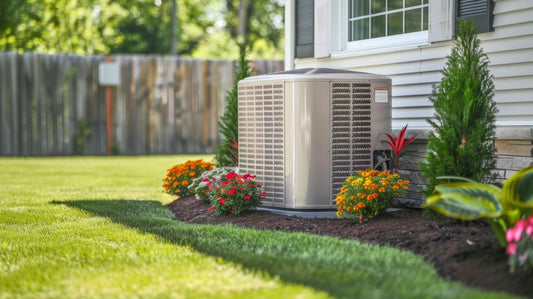If you're planning a home remodel, one of the most important decisions you'll make is choosing the right insulation. Not only does insulation help keep your home more comfortable, but it can also save you money on your energy bills. Out of the many different types of insulation, reflective foil insulation has proven to be one of the most effective options and is commonly chosen as an insulation method in home remodels and many construction projects.
We explain why you need reflective insulation in your home remodeling project, as well as where to apply these products.
Why Use Reflective Insulation for My Home Remodel?
Choosing to use reflective foil insulation over other types in your home remodel can help save you time, money, and effort down the road. Whether you live in a warmer or cooler climate, investing in this type of insulation is well worth it, and here's why:
-
Highly Effective at Reducing Heat Transfer
Unlike traditional insulation, which slows down the transfer of heat by trapping air in tiny pockets, reflective foil insulation reflects radiant heat away from your home. In the summer, when the sun beats down on your roof, a radiant barrier allows less heat to penetrate into your home, keeping it cooler and reducing the load on your AC system. In the winter, reflective foil helps keep heat inside your home, reducing the amount of energy needed to heat your home and keep you comfortable.
-
Easy to Install
Traditional insulation can take time, training, and energy to install, especially if you're dealing with an older home that has tight spaces and hard-to-reach areas. Reflective foil insulation comes in large rolls that can be quickly unrolled and cut to size, making it easy to install in tight spaces and around obstacles like pipes and ductwork. Because it doesn't require any special equipment or training to install, you can save money on installation costs by doing it yourself.
-
Lightweight and Space-Saving
Reflective foil insulation is also thin and lightweight, which can be especially beneficial if you're remodeling a home with limited space. Since it takes up less space than traditional insulation and is made of lightweight material, it won't put any additional strain on your home's structure or foundation.
-
Water Vapor Barrier
One of the most significant benefits of reflective foil insulation is its ability to reduce moisture buildup and condensation. Moisture buildup leads to mold and mildew growth, which can be dangerous for you and your family's health. Depending on the type, traditional insulation can trap moisture, which leads to these problems. Reflective foil insulation, however, doesn't absorb moisture, and because it reflects heat away from your home, it prevents moisture buildup in the first place by keeping your home cooler and drier. When properly installed, and when seams are sealed with tape, a radiant barrier can double as an effective vapor barrier to prevent moisture from passing through your building's roof, walls, and floors.
-
Cost-Effective
While it may be a slightly higher upfront cost compared to other insulation types, reflective insulation can often be a more cost-effective solution the long run. Reflective insulation lasts for decades without losing its effectiveness, meaning you won't have to replace it as often as you would with traditional insulation. Additionally, because it helps reduce your energy bills, you can save money on heating and cooling over time, which offsets the initial cost of the insulation.

How to Use Reflective Foil Insulation in a Home Remodel
There are many different types of reflective insulation that cater to specific applications inside your home. Reflective insulation doesn't just work for your rooftops and attic spaces. It also works in many other areas that benefit from the reflective qualities that this insulation type contains.
1. Ceiling

One of the best places to implement reflective insulation in your home remodel is in ceilings and attic spaces. Over half of your home's heat escapes through these areas, so by installing reflective insulation here, you reflect the heat back into your home and reduce the cost to continue heating your home in the colder months. Radiant barrier is the preferred insulation product to use on ceilings, reflecting 96% of radiant heat. This keeps heat away from your home in the hot summer months, and reflects heat back into your home during the winter.
For attics, perforated radiant barrier is the preferred product since it has tiny perforations that allow moisture to escape, preventing mold and mildew growth. Other types like cathedral ceilings requires other insulation types like double bubble foil insulation.
2. Walls

Reflective foil insulation can be installed in the walls of your home by stapling it between the studs. Typically, any bubble insulation like double or single bubble insulation works to reflect radiant heat. Make sure that the reflective surface faces towards the interior of your home.
TIP: For the best results, you can install a layer of traditional insulation behind the reflective insulation to provide additional thermal protection. Fiberglass insulation soaks up the heat entering your home, while foil insulation reflects radiant heat transfer. Combining the foil with new or existing fiberglass insulation effectively reduces both modes of heat transfer, which improves the temperature within your home as well as saves you money on energy costs.
3. Floors

If you're installing new flooring in your home remodel, then consider using floor joist insulation to help insulate your floors. This helps reflect radiant heat back into your living space, keeping your home more comfortable. Install the insulation with the reflective surface facing up towards the floor.
4. HVAC

Reflective foil insulation can also be used to insulate your HVAC system. You can wrap the ductwork in your system with R8 HVAC Duct Wrap Insulation to reduce radiant heat gain and loss, improve HVAC system performance, and increase energy efficiency in your home.
TIP: All seams must be taped so the insulation acts as a vapor barrier. Tape these with EcoFoil's Premium High Tack HVAC Tape for the best results.
- Check out more of our Insulation Tapes & Adhesives!
5. Concrete

Lastly, if you're pouring a new concrete slab for your home remodeling project, then try installing our under slab insulation to prevent heat from entering your space from the ground. This insulation is made specifically to withstand the high pressure and corrosive nature of concrete, providing the highest reflectivity of any type of slab insulation.
IMPORTANT: Do not use regular bubble foil insulation in under concrete application, as the concrete will cause the foil insulation to degrade over time.
Reflective Insulation from EcoFoil
If you're planning a home remodel, reflective foil insulation is an option that you should really consider. It's highly effective at reducing heat transfer, easy to install, thin and lightweight, and can help prevent moisture buildup and condensation. And over the long run, it can be a cost-effective option that saves you money on your energy bills and lasts decades. If you're interested in learning more about reflective foil insulation, contact our experts today to get a quote for your home remodel.
More Articles You May Like
Crawlspace Insulation: What You Need to Know
Double vs. Single Bubble Insulation: What Works Better?
How to Insulate a Cathedral Ceiling
Is It Worth Insulating a Pole Barn?


